With the rapid growth of AI art generators, it begs the question- “Is A.I. art … art?”
To put it simply, A.I. art is a conglomerate of any art posted to the database that generator is pulling from. That might sound like it’s moderated, but some of the A.I. clearinghouses are massive- some even collect images from the open web.
So how does the public know who to give credit to while using these generative services?
I decided to investigate an A.I. art generating website to see if they give any credit to the artists they are effectively stealing from.
My generator of choice was ‘https://www.craiyon.com
It was the top hit on google for ‘A.I. Generators’ and they promise to be able to ‘draw images from any text prompt.’
I chose the prompt “Girl sitting with ice cream cone, style of Banksy.”
For context, Banksy is a faceless graffiti artist based in Europe. He has made it very clear that he does not want his art to be sold/used for profit as shown by the infamous shredding of his artwork during a sale in 2018.
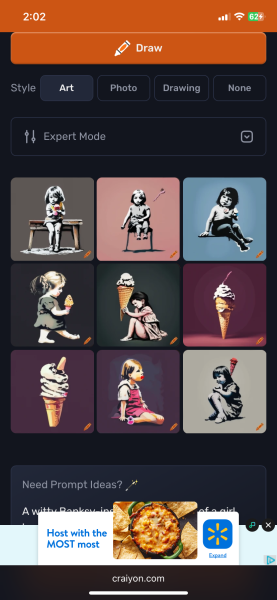
(craiyon.com )
For reference, here’s a photograph of an actual Banksy:

License used CC 2.0
Craiyon claims to be ‘free use’, as long as you give them credit. So sure, on the surface that sounds like it wouldn’t be going against Banksy’s morals but embedded on the website are TONS of popup ads. That means the folks behind Craiyon are making money off of Banksy’s style. Without his permission.
But Banksy isn’t the only non-consenting artist. From very dead artists (think van Gogh and Picasso), to very alive and thriving digital artists, A.I. dips into it all.
Artist Kelly McKernan faced these issues. In an interview with NPR she shared that a website she had been posting on for years, had recently begun offering a paid A.I. art generator. People then began to ask the generator to generate art in her style.
McKernan never consented to her work being used in this way.
Another worry surrounding A.I. is in the art classroom. With digital art becoming all the more popular, opportunities for digital art at school are on the rise. Here at New Hartford, we offer a Digital Media Arts (DMA) class. The main objectives of this class are to get the basics of Adobe Photoshop and Adobe Illustrator.
A new program that both Photoshop and Illustrator are pushing is their “Generative Fill,” where the user types in a prompt and the program produces what is requested. They also have a bunch of services that “cheat” long processes.
Mr. Vaughn, an art teacher at New Hartford, helped explain the issues surrounding emerging digital artists using these services.
“I don’t teach it because it doesn’t help you learn,” Mr. Vaughn said. He explained that when students use these services, they don’t get the true meaning of why certain things are happening. He brought up a sky replacement tool that automatically selects and replaces skies. He described the entire process of masking, inverting, and actually replacing a sky in Photoshop.
Mr. Vaughn believes that in order to really succeed as an artist, one must learn the technical ways of doing things. He said that A.I. is useful in the sense that it could be used as a tool to enhance an artist’s abilities, not replace them.
Mr. Vaughn also noted that A.I. isn’t “fine art,” and he believes it “shouldn’t be labeled as such.” Fine art doesn’t have to be tangible, but it does have to have a human artist behind it. He thinks it’s important to clearly mark any A.I. art as artificially generated because sometimes mislabeled work can be misleading to viewers.
A.I. art is a new issue breaking into the art scene. The laws surrounding copyright and plagiarism in regards to A.I. is murky. Since nothing the generative services create is original, could it be considered true art?
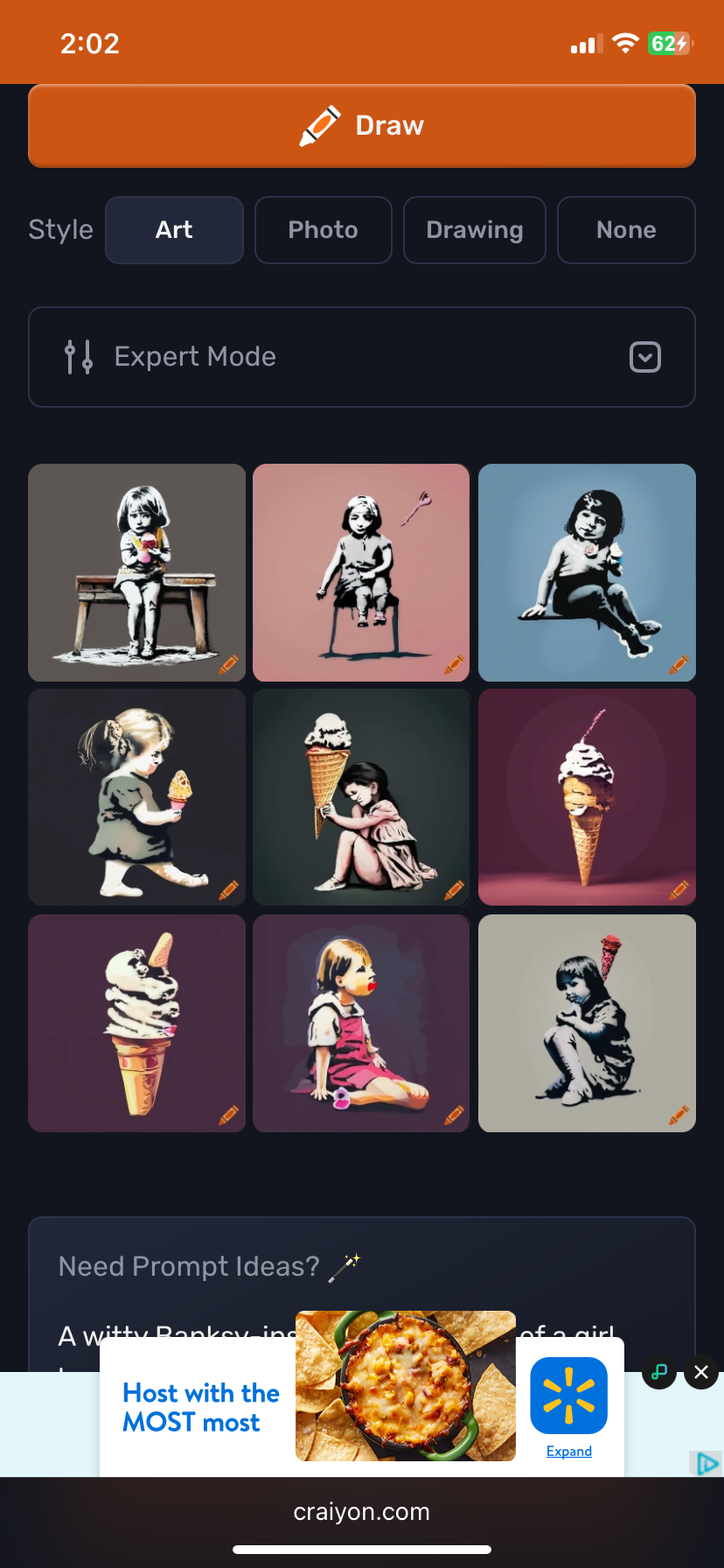
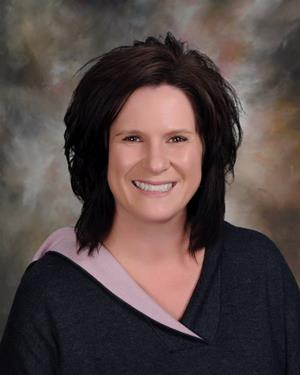
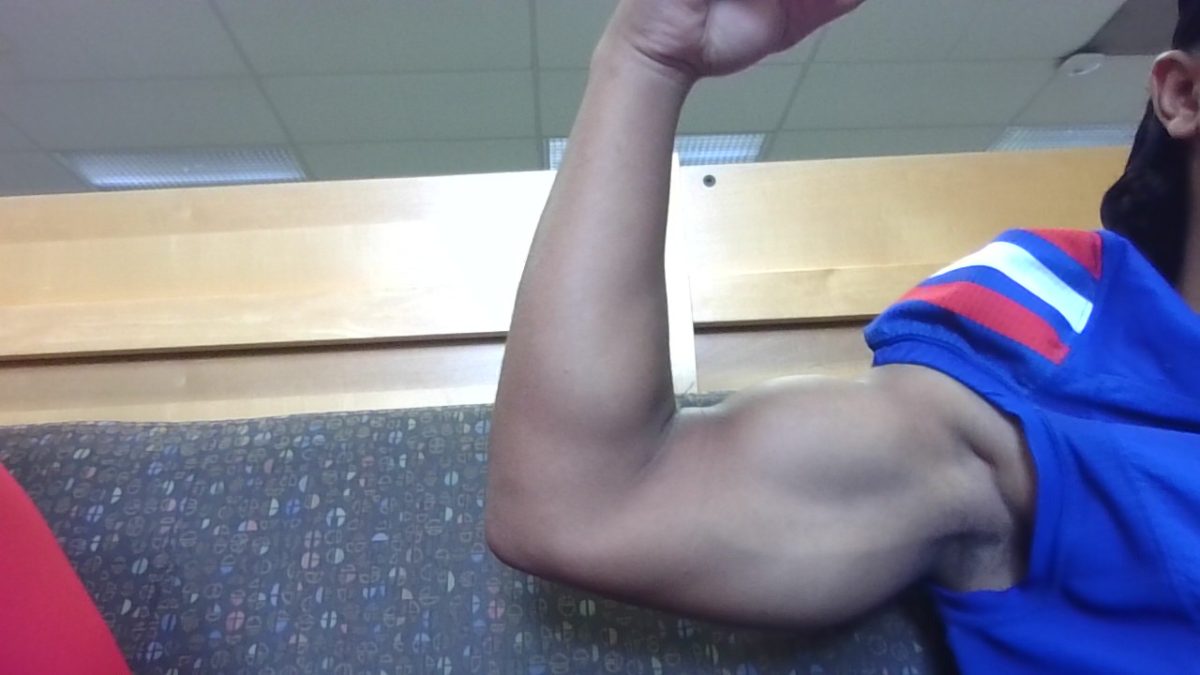
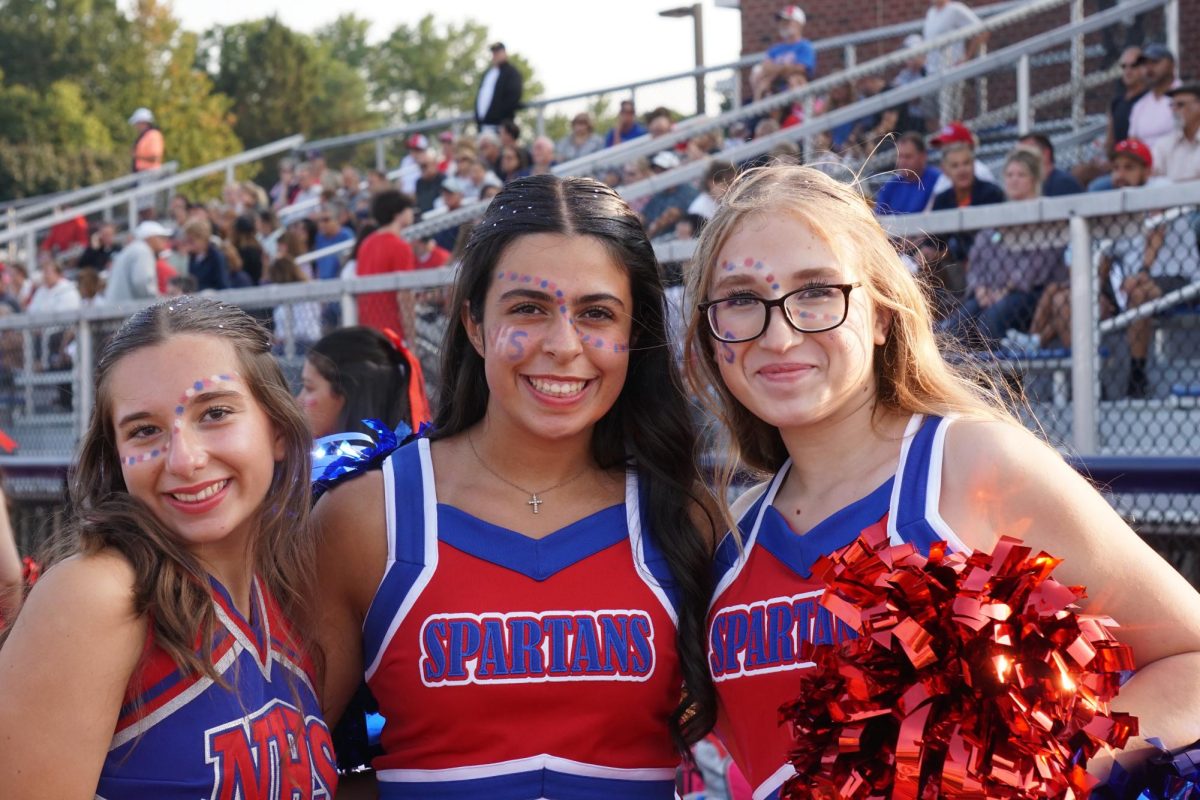

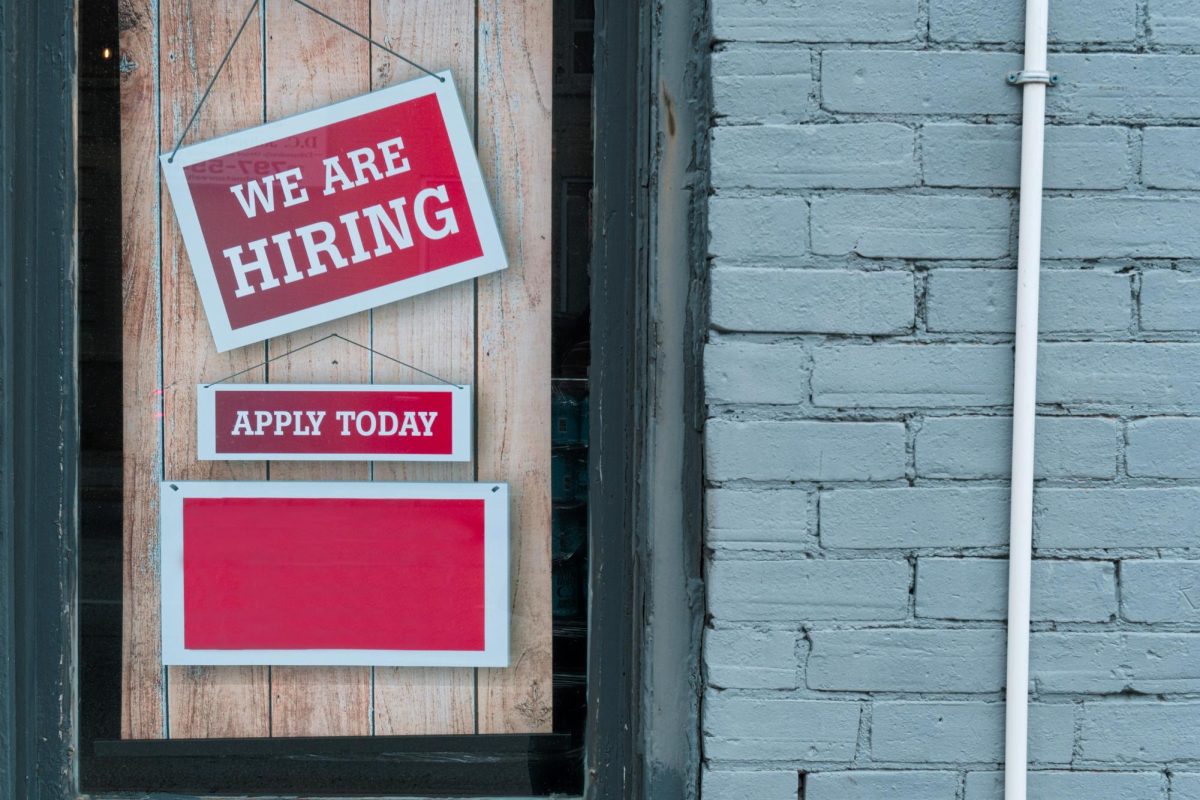

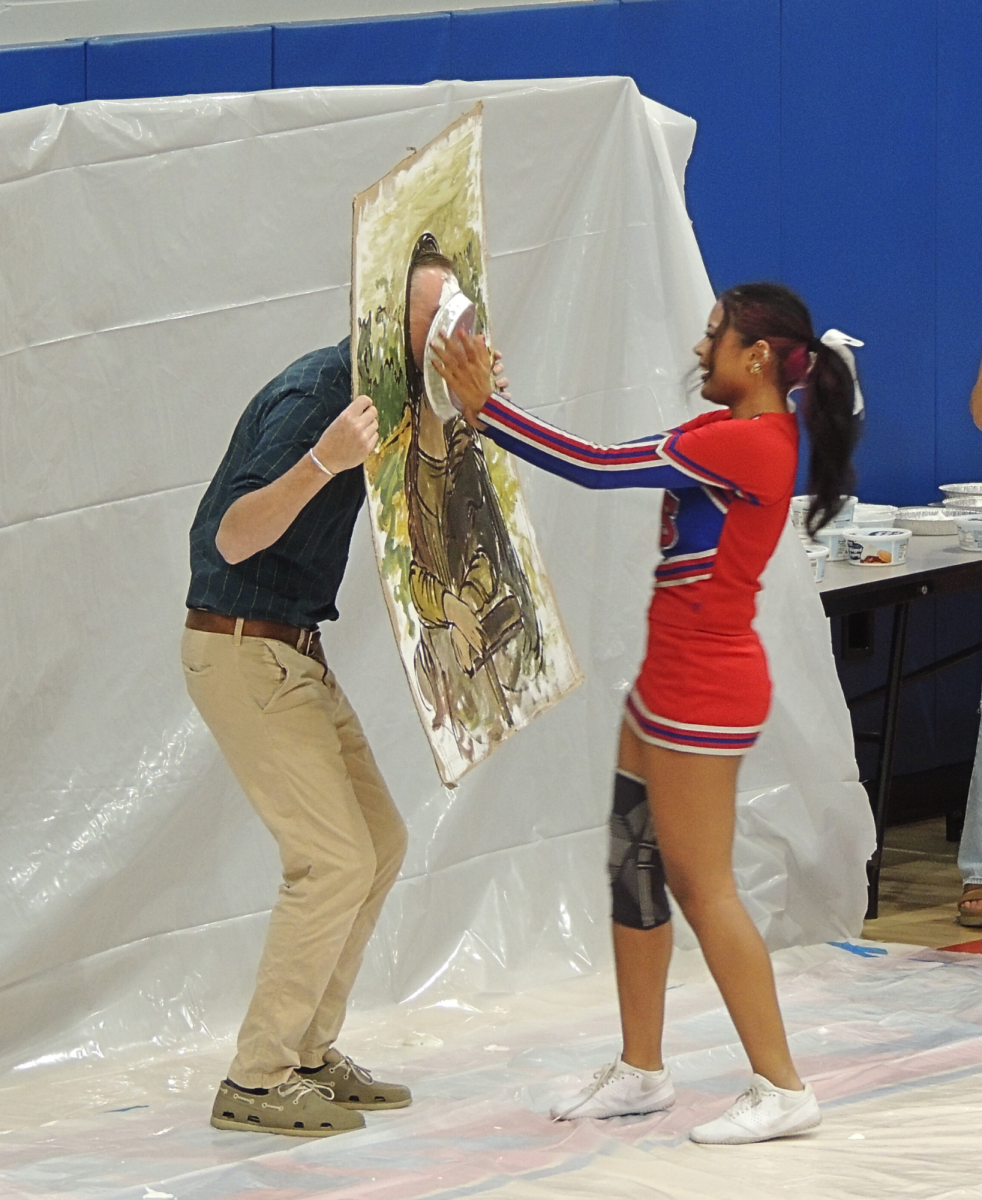
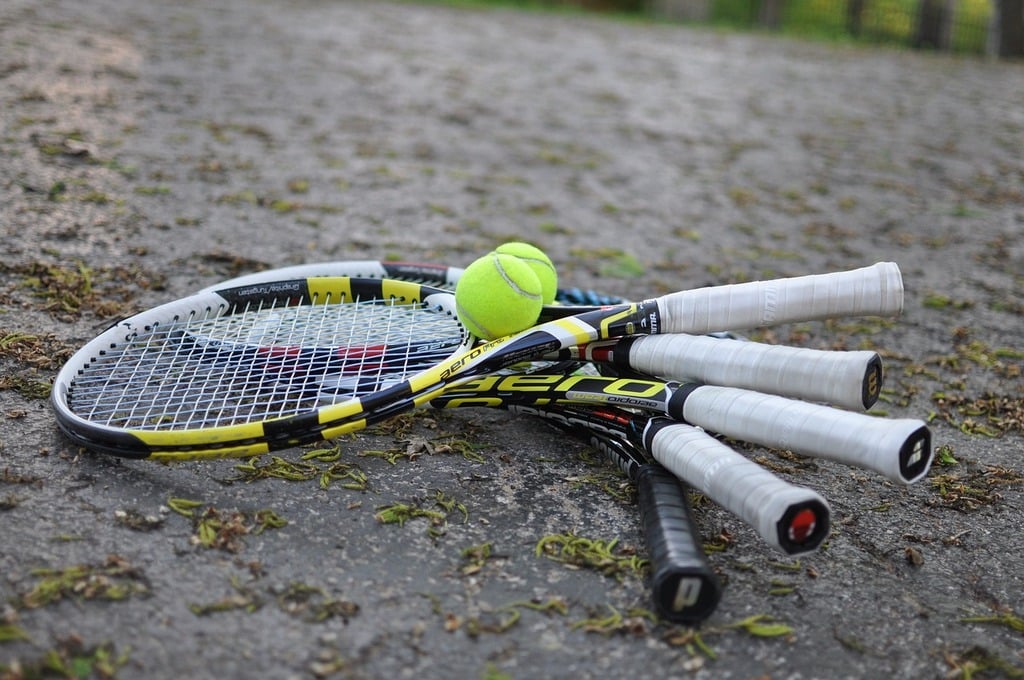

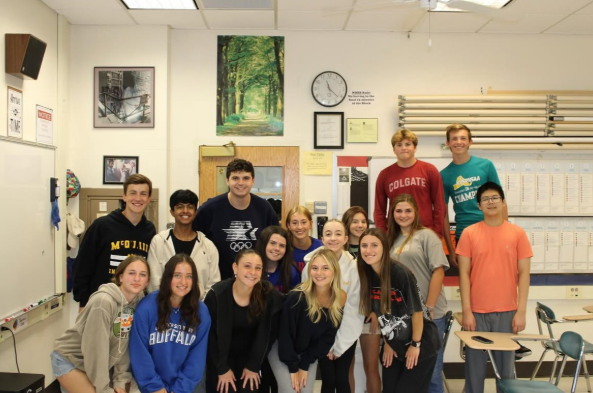
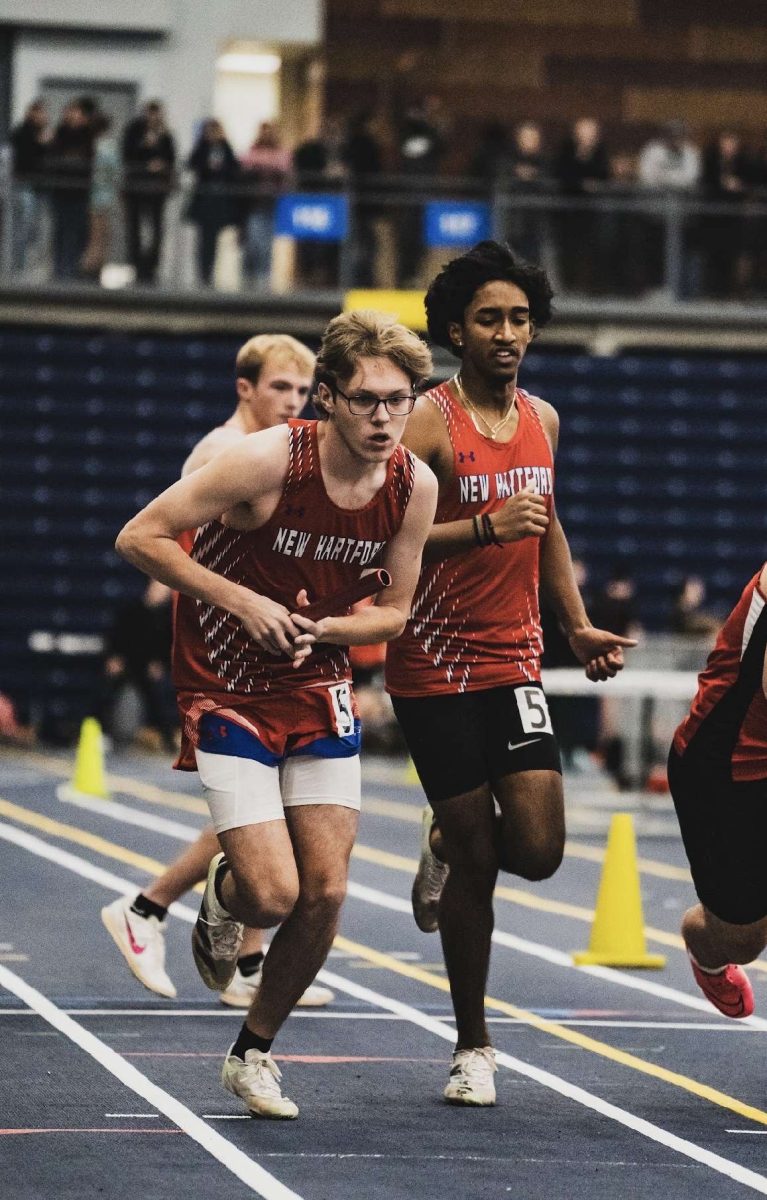
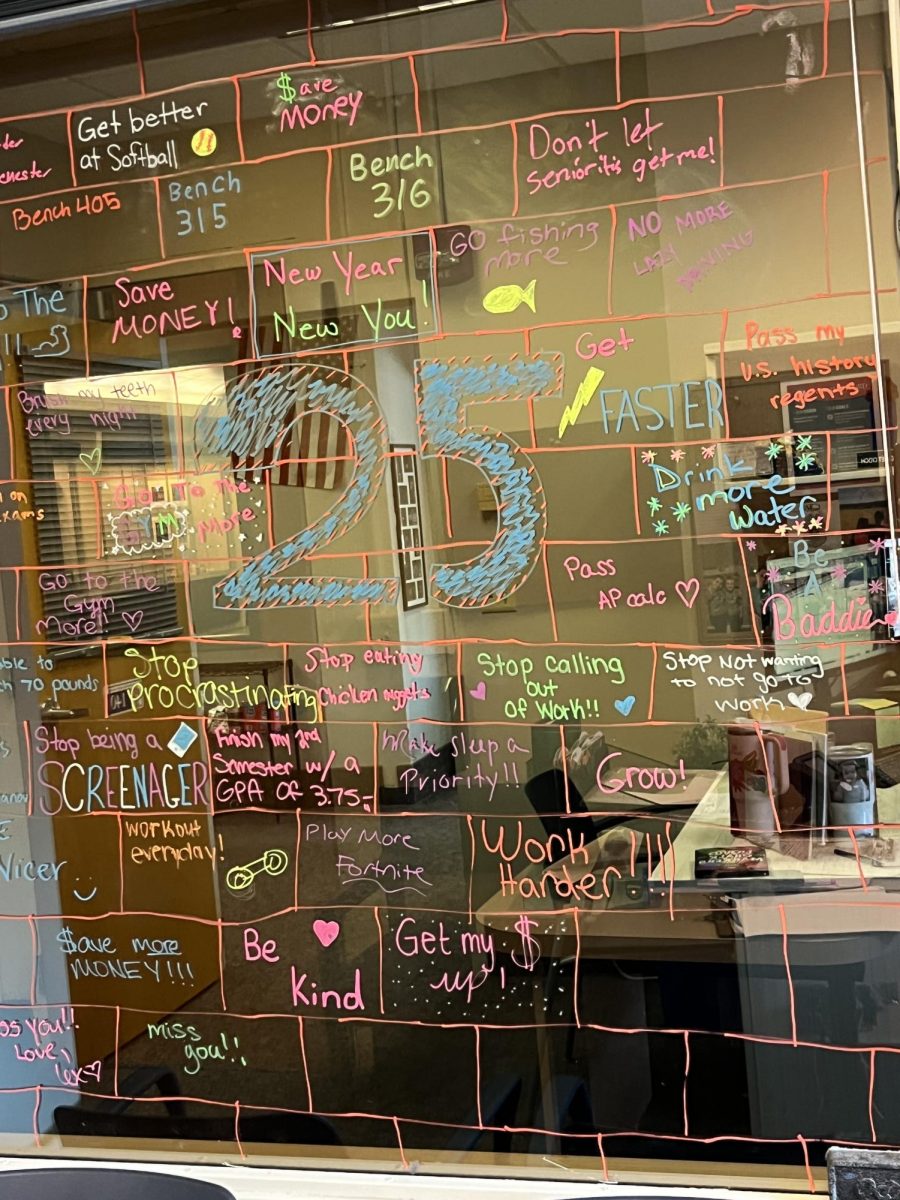
Mary Cheney • May 13, 2024 at 6:51 am
Interesting article and very informative. I’m always open to learning new things. Author explained things in a way that I was able to understand. How do these writers choose what articles to write about?
adviser • May 14, 2024 at 12:38 pm
Thank you. I will share your comment with the author. Students choose their own topics as long as they meet our publication standards/guidelines.